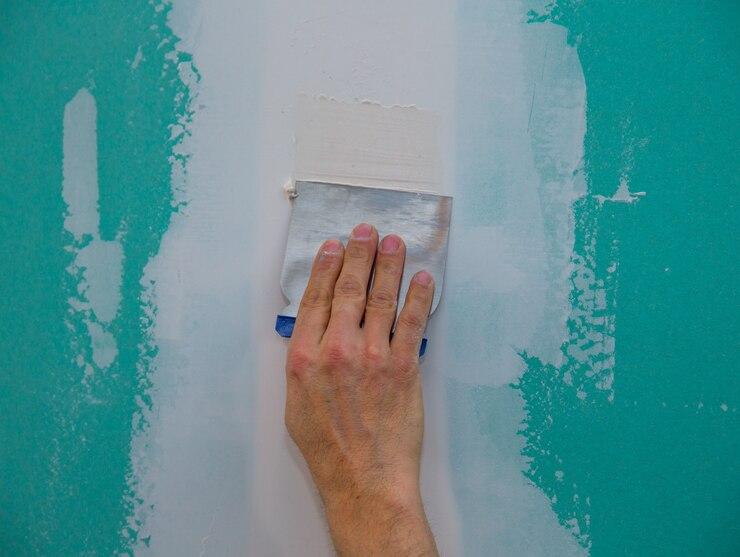




Table of Contents
- Introduction
- Tips for Water Seepage In Wall
- Conclusion
- Faq's
Introduction
Are you dealing with water seepage in your walls? Don't worry; you're not alone. Wall seepage can be a common issue, but with the right DIY solutions, you can effectively address it and prevent further damage to your home. Here are some practical tips and techniques to help you tackle water seepage through walls. wall seepage treatment
wall seepage treatment
Tips for Water Seepage In Wall
Clear Exterior Drainage:
Ensure that exterior drainage systems, such as perimeter drains and French drains, are clear of debris and functioning properly. Clear any blockages and ensure that water can flow freely away from your home's foundation.
Check Window and Door Seals:
Inspect the seals around windows and doors for signs of wear or damage. Replace any worn weather-stripping or caulking to prevent water from seeping in around these entry points.
Seal Basement Cracks:
If you have a basement, check for cracks in the walls and floor. Use hydraulic cement or epoxy sealant to fill any cracks and prevent water from entering your basement.
Redirect Downspouts:
Extend downspouts away from your home's foundation to direct water at least 6 feet away from the house. You can use downspout extensions or splash blocks to achieve proper water drainage.
Landscape Sloping:
Adjust the landscaping around your home to create a slope away from the foundation. Use soil or gravel to build up the ground around your home's perimeter, ensuring that water drains away from the walls.
Waterproof Exterior Walls:
Consider applying a waterproofing membrane or sealant to the exterior walls of your home. These products create a protective barrier against water intrusion and can help prevent wall seepage.
Install a French Drain:
If you have persistent drainage issues around your home, consider installing a French drain system. A French drain consists of a perforated pipe surrounded by gravel and buried underground to collect and redirect groundwater away from your home.
Repair Damaged Gutters:
Inspect your gutters for leaks, holes, or sagging sections. Repair any damage and ensure that gutters are securely attached to your home to prevent water from overflowing and seeping into your walls.
Apply Waterproof Paint:
Consider applying a waterproof paint or masonry sealer to the interior walls of areas prone to moisture, such as basements or bathrooms. These products create a moisture-resistant barrier and can help prevent water seepage.
Maintain Proper Humidity Levels:
Use a hygrometer to monitor indoor humidity levels and keep them between 30% and 50%. Use dehumidifiers to reduce humidity in damp areas and prevent condensation on walls.
Conclusion
By implementing these additional tips along with the previously mentioned strategies, you can effectively tackle water seepage in your walls and protect your home from water damage. Remember to regularly inspect and maintain your home's exterior and interior to prevent future issues and ensure a dry and comfortable living environment.
explore further
Latest from Contemporary ideas
More from Innovations
Resources
Dwello, for every home buyer, is a way to go from 'I feel' to 'I know', at no extra cost.




